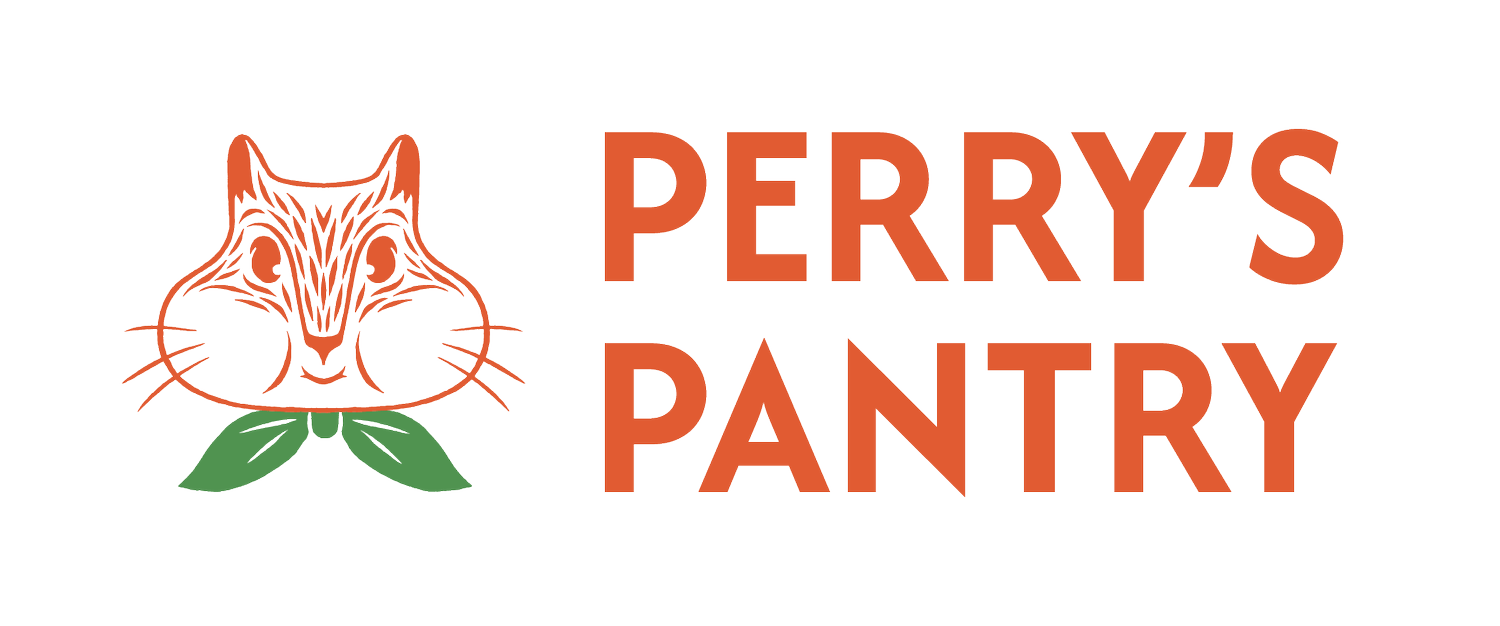Jane Jacobs, Third Spaces, and Vending Machines
I have to confess the initial idea to get into vending machines came from the motivation that brings most people to the industry— an “easy” business that we saw a need for. We were at a popular local kids’ play spot with our baby and toddler and noticed they had vending machines there, but they were stocked with “traditional” candy and soda. The best option was pretzels. And the location is catered to almost exclusively babies and toddlers. I held up my organic baby food pouch we had packed, a relatively new thing in the grand scheme of portable packaged foods, and saw how easily it would fit in the slots of the vending machine. It seemed so simple and such an obvious miss. After that we couldn’t shake the need for something like that everywhere we went. Something for everyone, but always making sure to provide for those struggling families with young kids.
The more we dove into the idea the more we started to see the void in our urban spaces that we could help fill.
As we examined the types of locations where we saw the need for Perry’s Pantry, we realized these were almost all third spaces that served important functions for community members, especially parents. Many third spaces are centered around food, like restaurants and coffee shops. The ones that aren’t are often centered around recreation, and food availability can be scarce because it is not the economic draw of the space. However, recreation means expending time and energy, which means needing to eat. Concessions have gotten even harder to keep staffed in our current economic climate, often leaving visitors to fend for themselves for food. Meanwhile, the cost of a drive-through visit has shot up and Walgreens plans to close 1200 stores over the next 3 years while CVS plans to close 900. Not to mention the scarce availability of healthy options at those convenience stops, and time investment to navigate to and from and make a purchase there.
The more we looked at it the simple idea seemed to be tapping into some root problems of navigating our urban spaces, and parents of young children like us were the canaries in the coalmine. People are going from home to work to third spaces with little time in between, traversing our cities to visit community centers, play places, parks, plazas, museums, pools, and gyms with what little time they have outside of work having to either make big compromises with the available convenience food options, spend the time and money on restaurant food, or wake up in the morning and plan their whole day of food ahead of them. My hunch is that this is a quiet struggle everyone is going through, not knowing where exactly to point the finger. But parents are frazzled and fed up, and for many of us, it means not leaving the house at all because the obstacles are just too great. This is unfortunate for these businesses and community spaces because parents of young kids represent a decent portion of the people available throughout the weekdays. In 2023, 26% of mothers and 7% of fathers in the US were stay-at-home parents, and that isn’t including the, in my experience, significant number of families that have some halfway version of that through part-time or work-from-home setups. This is a large group of people in their peak spending years that I believe would easily be participating more in businesses and public spaces outside their homes if it was just made a little more accommodating for them.
Funny enough, I read The Death and Life of Great American Cities by Jane Jacobs around the same time this idea was brewing. I had watched YouTube videos on Jane Jacobs and been a general fan of her ideas for a few years and was finally getting it straight from the witty, snarky source of mid-century city planning drama. It made me think even deeper about how vending machines relate to modern urban planning and what makes a space somewhere you want to consistently spend time. A very overlooked aspect of our institutional lives is that people need food to spend time and energy. Real food. We need it more often than we think.
Jane Jacobs
Higher foot traffic through continuous mixed-use means safer spaces. Which in turn brings higher foot traffic.
From all of this, I would consider whether integrating healthy food vending machines for all ages might help boost visitors and memberships to some of our community spaces.
